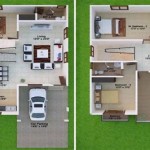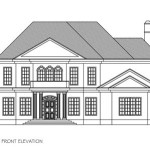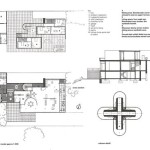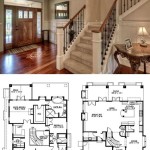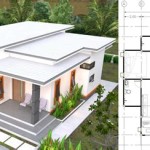Essential Aspects of RDP House Building Plans: A Comprehensive Guide
RDP (Reconstruction and Development Programme) house building plans are government-subsidized schemes designed to provide affordable housing solutions for low-income families in South Africa. These plans offer a range of benefits, including access to quality housing, improved living conditions, and increased property ownership. Understanding the essential aspects of RDP house building plans is crucial for prospective applicants.
1. Eligibility Criteria
To qualify for RDP house building plans, applicants must meet specific eligibility criteria. These criteria include:
- South African citizenship
- Household income below the prescribed threshold
- No ownership of a formal dwelling
2. House Design Options
RDP house building plans offer a variety of house design options. Applicants can choose from different house types, including basic units, one-bedroom units, two-bedroom units, and three-bedroom units. Each house type has its own set of specifications and requirements.
3. Building Materials and Standards
RDP houses are constructed using high-quality building materials and adhere to strict national building standards. These standards ensure that the houses are structurally sound, energy-efficient, and meet safety regulations. The materials used typically include:
- Concrete
- Brick
- Steel
- Insulation
4. House Size and Layout
RDP houses are designed to provide comfortable and adequate living space for families. The size and layout of the houses vary depending on the house type. Basic units typically consist of one bedroom, a living area, a kitchen, and a bathroom. Larger units may include additional bedrooms, bathrooms, and living spaces.
5. Infrastructure and Services
RDP house building plans also include provision for essential infrastructure and services such as water, electricity, sanitation, and waste management. These services are crucial for maintaining the health and well-being of the occupants.
6. Land Ownership and Transfer
Once the RDP house is complete, the government transfers ownership of the property to the beneficiaries. This transfer typically occurs through a deed of transfer, which legally establishes the ownership rights of the occupants.
7. Maintenance and Upkeep
Residents of RDP houses are responsible for the maintenance and upkeep of their properties. This includes regular cleaning, repairs, and ensuring that the house remains in good condition. Proper maintenance helps to preserve the value of the house and ensures a comfortable living environment.
8. Community Development
RDP house building plans often form part of broader community development initiatives. These initiatives aim to improve the overall quality of life for residents, by providing access to essential services, creating employment opportunities, and fostering community cohesion.
Conclusion
RDP house building plans play a vital role in addressing the housing needs of low-income families in South Africa. These plans provide access to quality housing, improve living conditions, and foster sustainable community development. Understanding the essential aspects of these plans is crucial for prospective applicants and stakeholders involved in the RDP program.

Floor Plan Of A Common South N Matchbox Low Cost House Dimensions Scientific Diagram

Rdp House Plan Images Floor Ideas Plans South 2bhk

Floor Plan Of Rdp Housing Unit In Braamfischerville Ilration Nico Scientific Diagram

Ijerph Free Full Text The Three Little Houses A Comparative Study Of Indoor And Ambient Temperatures In Low Cost Housing Types Gauteng Mpumalanga South
Low Cost Housing In South

New Age Small Tiny 2 Bedroom Home Design Bed Bath Laundry Deck On Stumps House Floor Plans
Scottsdene Pocket 12 Overview Ohouse
Asakhe Hardware Booklet 2 Cdr

Rdp House For Sebokeng Zone 19 Uncle

Home Elangeni Buildings
Related Posts


